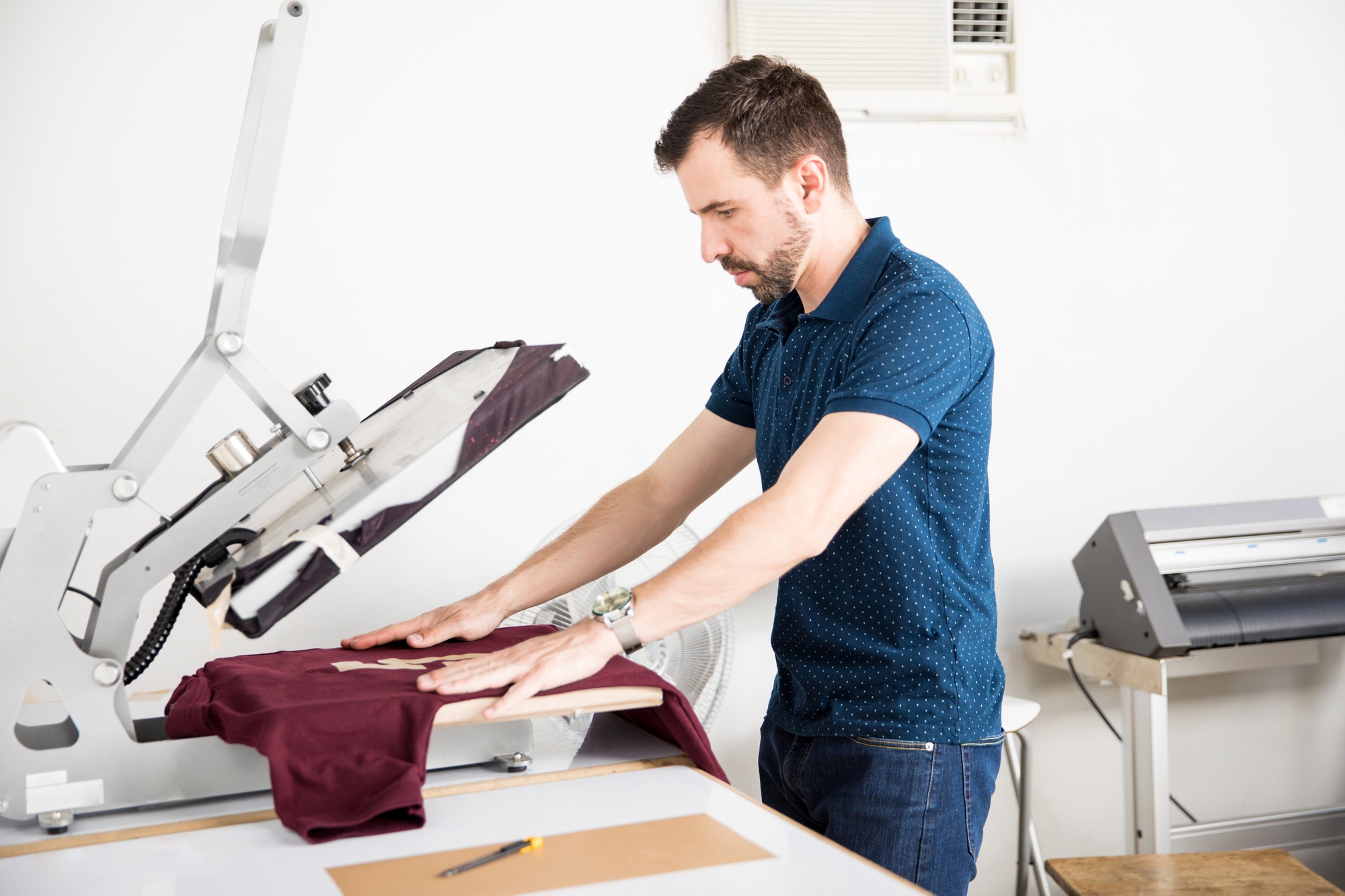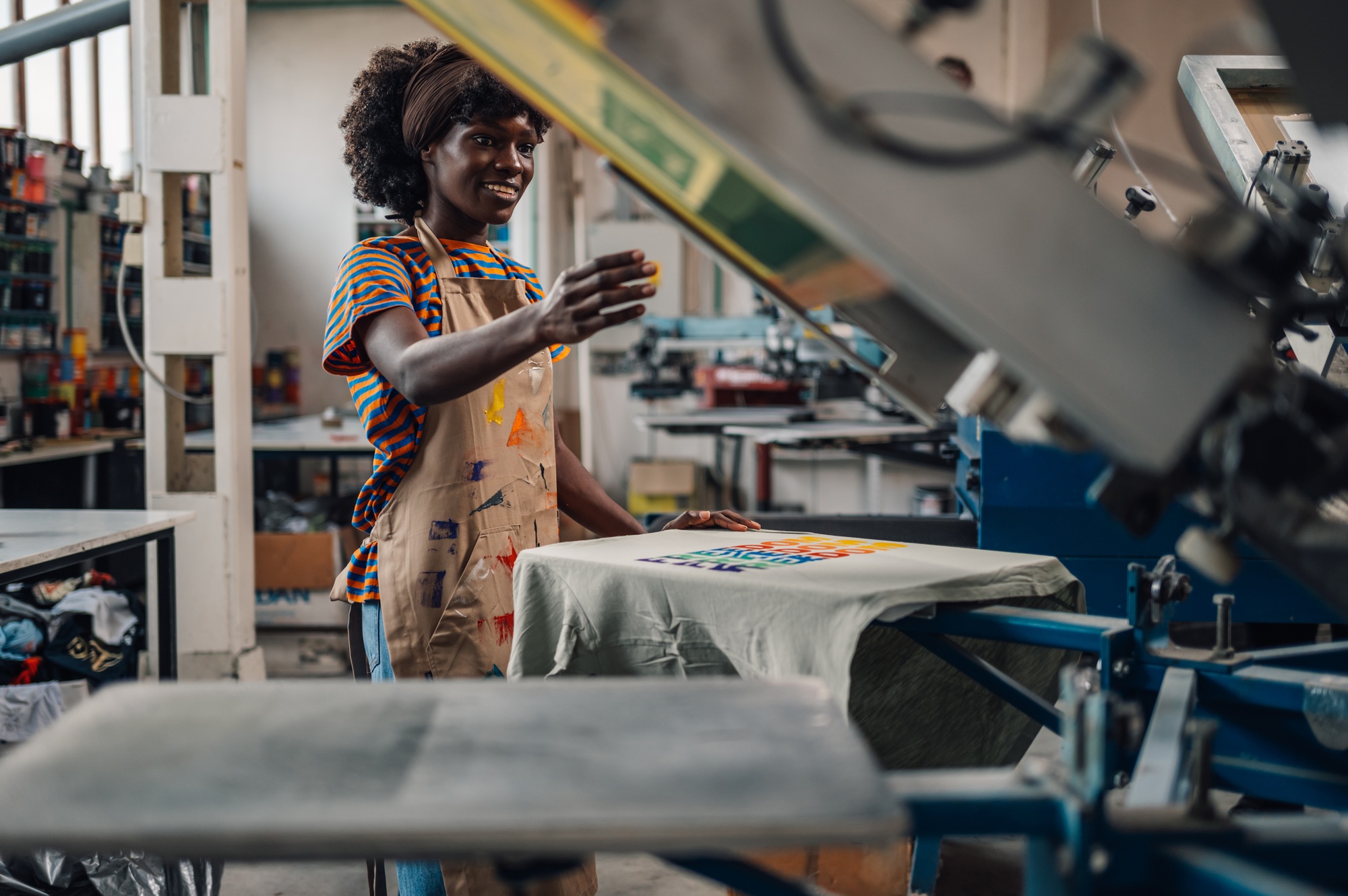Key Takeaways

- Understanding Redbubble: Redbubble is a print-on-demand marketplace that allows artists to sell unique designs on various products, reaching a global audience without upfront costs.
- Setting Up Your Account: Creating a Redbubble artist account is free and simple, requiring you to complete your profile to enhance visibility and connect with potential customers.
- Designing Products: Identifying a niche and creating unique, high-quality artwork is crucial to standing out and appealing to your target audience.
- Uploading and Optimizing Designs: Use high-resolution images and craft keyword-rich titles and tags to improve discoverability and attract more buyers.
- Promoting Your Shop: Utilize social media and engage with the Redbubble community to boost visibility, connect with customers, and foster relationships with other artists.
- Maximizing Success: Regularly analyze sales data and prioritize continuous improvement by staying updated on trends and seeking feedback, which drives growth and customer loyalty.
Are you looking to turn your creative passions into profit? Selling on Redbubble offers a fantastic opportunity to showcase your designs while reaching a global audience. With its user-friendly platform, you can easily upload your artwork and start earning from a variety of products, from apparel to home decor.
Understanding Redbubble

Redbubble offers a platform for small businesses to monetize creative talents. Artists can showcase their work on various products, connecting with a global retail audience.
What Is Redbubble?
Redbubble is an online marketplace that allows artists to sell their designs on a wide array of products, such as T-shirts, stickers, phone cases, and home decor items. This platform targets both independent creators and small businesses, enabling you to tap into a large customer base interested in unique, custom-made products.
How Redbubble Works
Redbubble operates on a print-on-demand model. You upload your artwork, and the platform handles production and shipping. When a customer purchases one of your items, Redbubble prints your design on the product and ships it directly to the buyer. You earn a commission on each sale, which you set based on your profit margin. This system minimizes upfront costs and risks, making it an accessible option for small businesses eager to enter the retail scene.
Setting Up Your Redbubble Account

Setting up your Redbubble account is essential for your small business. You can maximize your potential in retail while reaching a global audience.
Creating an Account
Creating a Redbubble Artist Account is free, easy, and fast. Click on the sign-up button and follow the prompts to complete the registration process. This initial step lets you enter the world of print-on-demand retail without upfront costs.
Completing Your Profile
- Add Your Name and Address: Fill out your name and address in your Account Settings. This information is necessary for proper account setup and can help you connect with customers effectively.
- Public Profile and Short Bio: Use the fields in your Account Details for your “Public Profile” and “Short Bio.” Introduce yourself, mention your location, and describe your techniques and style. Building a compelling profile enhances your visibility and credibility in the marketplace.
Designing Your Products

Designing your products effectively on Redbubble can significantly impact your sales. Focus on the specific attributes of your artwork to create appealing designs that resonate with your target audience.
Choosing a Niche
Choosing a niche plays a pivotal role in your success as a small business on Redbubble. Identify a specific theme or style that aligns with your interests and skills. This approach not only sets you apart from competitors but also helps attract a dedicated customer base. Analyze trending topics and incorporate popular designs that cater to your chosen niche. Use keyword research to find effective terms that resonate with potential buyers, allowing your products to gain visibility in the marketplace.
Creating Unique Artwork
Creating unique artwork is essential for standing out in the retail space. Develop designs that showcase your creative voice and reflect individual style. Utilize distinct elements, such as intricate details or bold color choices, to enhance visual appeal. For instance, consider designing parody art that captures current cultural trends or humorous sentiments. Optimize your files for different products, ensuring your designs display well on various items, from apparel to home decor. Unique artwork not only attracts attention but also fosters customer loyalty, encouraging repeat sales from satisfied buyers.
Uploading and Optimizing Designs

Uploading and optimizing your designs on Redbubble is crucial for establishing your small business and maximizing visibility. Follow these steps to ensure a successful experience.
Uploading Your Artwork
- Create an Account: Start by creating an artist account on Redbubble. This step is necessary to upload and sell your designs effectively.
- High-Quality Artwork: Ensure your artwork meets high-resolution standards. Quality images significantly enhance appeal across various products, increasing your potential sales.
- Upload Process: After preparing your artwork, upload it to your Redbubble account. Specify the products you want your designs featured on, selecting colors and positioning that attract attention.
Writing Effective Titles and Tags
- Titles: Craft keyword-rich titles that accurately describe your artwork. These titles help customers find your designs easily, both on Redbubble and search engines like Google.
- Tags: Use relevant tags to associate your designs with related searches. Tags improve discoverability, connecting your products with interested buyers seeking unique artwork for their needs. Aim for a mix of broad and niche keywords that reflect your style and target audience, enhancing your small business’s reach.
Promoting Your Redbubble Shop

You can enhance your small business’s visibility and sales on Redbubble through effective promotion strategies focusing on social media and community engagement.
Utilizing Social Media
Use social media platforms to showcase your designs and personally connect with potential customers. Share images and descriptions of your products on Instagram, Facebook, and Pinterest. Create engaging posts featuring new designs, behind-the-scenes content, or customer testimonials. Engage with followers by responding to comments and messages promptly. Leverage targeted hashtags related to art, design, and retail, which can help expand your reach to interested audiences. Collaborate with influencers or fellow artists to tap into their follower base, boosting your exposure. Plan your content while using analytics to determine which types resonate well with your audience, thus refining your promotional strategies further.
Engaging with the Redbubble Community
Engage actively with the Redbubble community to establish yourself as a reputable small business. Participate in forums, comment on other artists’ work, and share insights or advice. Collaborate on joint promotions or challenges that can foster relationships while increasing visibility for both parties involved. Consider utilizing Redbubble’s features, such as groups, to connect with like-minded creators. Attend virtual events or workshops organized by Redbubble to gain insights and network effectively. This connection can lead to increased trust and potential collaborations, benefiting your shop’s growth and reputation in the retail market.
Tips for Success

Maximizing success on Redbubble involves strategic approaches and ongoing efforts. Follow these key tips to enhance your shop’s performance.
Analyzing Sales Data
Analyze sales data regularly to understand what works in your small business. Track which designs generate the most revenue and which products resonate with your audience. Use Redbubble’s analytics tools to evaluate trends, gauge customer preferences, and identify potential areas for growth. Incorporating insights from data analysis aids in refining your offerings and targeting your marketing efforts effectively.
Continuous Improvement
Prioritize continuous improvement in your design and marketing strategies. Stay updated on market trends and evolving customer preferences within the retail landscape. Experiment with new design styles and innovative concepts to keep your portfolio fresh. Seek feedback from your audience to enhance quality and relevance in your designs. Actively adapting and evolving your shop separates you from the competition and builds a loyal customer base, ultimately driving your small business forward.
Conclusion

Selling on Redbubble offers a fantastic opportunity to turn your creativity into profit. By following the steps outlined in this article, you can effectively set up your shop and start reaching a global audience.
Focus on creating unique designs that reflect your personal style and resonate with your target market. Don’t forget to leverage social media and community engagement to promote your work and build a loyal customer base.
Remember to analyze your sales data regularly to refine your offerings and stay ahead of trends. With dedication and a proactive approach, you can thrive in the Redbubble marketplace and turn your artistic passions into a successful small business.
Frequently Asked Questions
What is Redbubble?
Redbubble is an online marketplace that allows artists and creators to sell their artwork on various products, such as T-shirts, stickers, and home decor. It operates on a print-on-demand model, meaning artists upload designs, and Redbubble manages production and shipping.
How do you set up a Redbubble account?
Creating a Redbubble account is simple and free. Visit the Redbubble website, sign up, and complete your profile by adding personal information like your name and address. This helps connect you with customers and enhances your shop’s credibility.
What are the best practices for designing on Redbubble?
To maximize sales on Redbubble, focus on creating unique, appealing designs that resonate with a specific niche. Analyze trending topics and use keyword research to optimize your product visibility. Ensure your artwork showcases your creative voice, helping you stand out.
How can I promote my Redbubble shop?
Promote your Redbubble shop through social media platforms like Instagram and Facebook. Showcase your designs, use targeted hashtags, and connect with potential customers. Engage with the Redbubble community by participating in forums and collaborating on promotions to increase your visibility.
How can I analyze sales data on Redbubble?
Redbubble provides analytics tools to help you track sales data and customer preferences. Regularly review which designs are generating income and identify trends to refine your offerings. This information helps you adjust your strategies for improved performance.
What makes Redbubble a good platform for artists?
Redbubble offers a user-friendly interface, low risk, and no upfront costs for artists. The print-on-demand model allows creators to monetize their artwork without handling production or shipping, enabling them to focus on their creativity while reaching a global audience.
Image Via Envato: IrynaKhabliuk, nebojsa_ki, chuemoonrin, zamrznutitonovi, tonodiaz, AmnajKhetsamtip, gotychevgeniy, msvyatkovska



